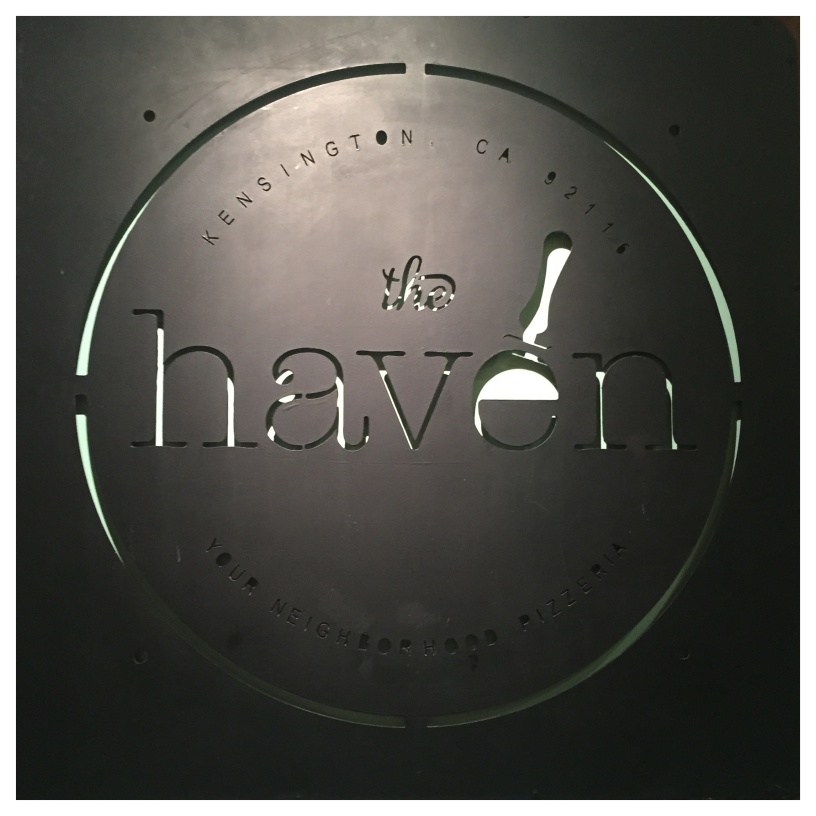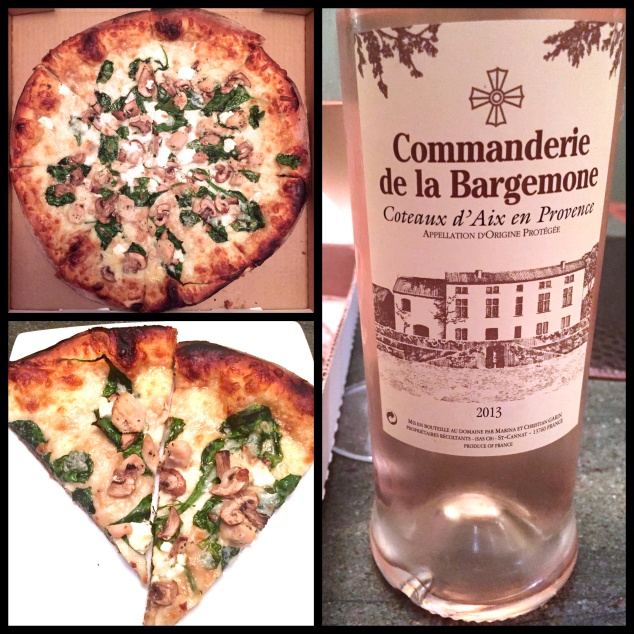No amount of salt on my keychain can make up for the shame I bring to Alton Brown fandom when I admit to having a spiralizer tucked neatly into my kitchen drawers. This week’s challenge has forced me to dust it off and transform the clunky contraption into a useful pizza-making tool. Here we go.
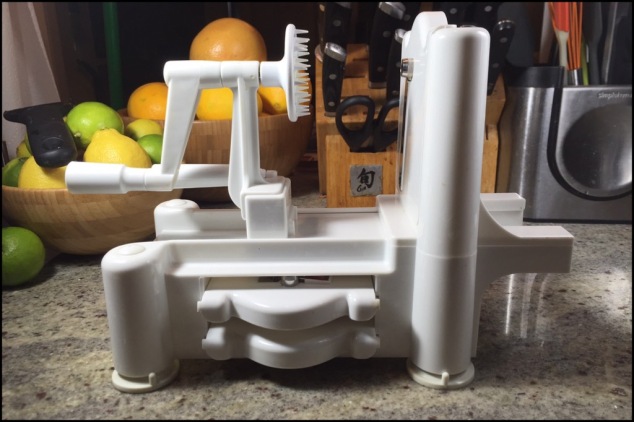
Of all things worth spiralizing, zucchini seems a choice decision, if only for their general neutrality in both taste and texture. They’re also rarely found on the pizzasomm pizzas of 2016, which has deemed their spiralization a worthy task.
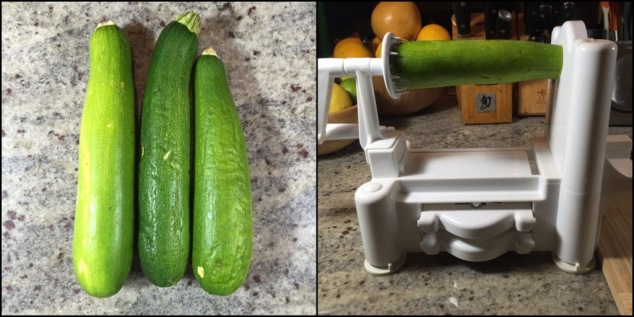
For once, janky week-old zucchinis were able to escape refrigerator death by means of a glorious pizza bath.
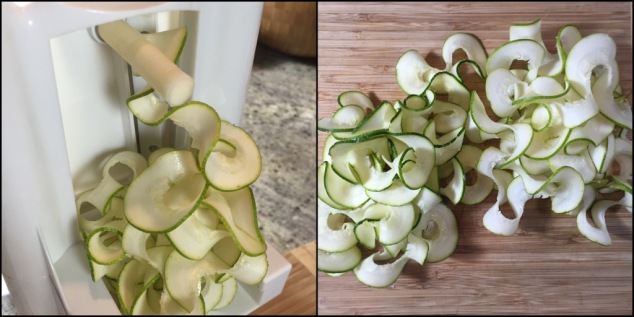
Not only did they escape eventual rot, but they looked good doing so. Just feast your eyes on those curls.
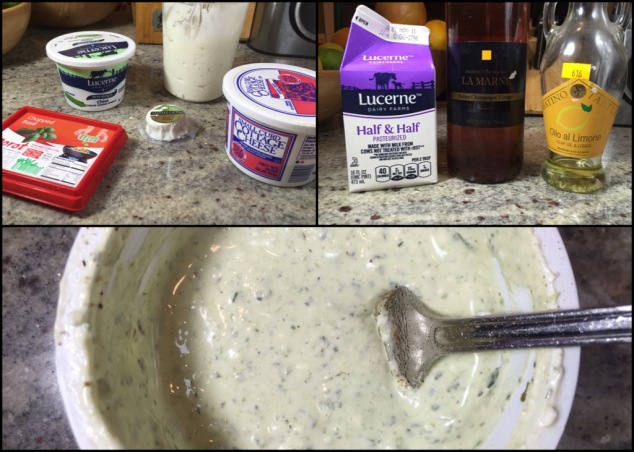
Likewise, the sauce was concocted from dying fridge items, such as chive cream cheese, cottage cheese & homemade whipped garlic. A bit of basil and goat cheese were added for funsies. Cream, champagne vinegar and lemon olive oil brought in some pizzazz while also turning the goop into a more sauce-like consistency.
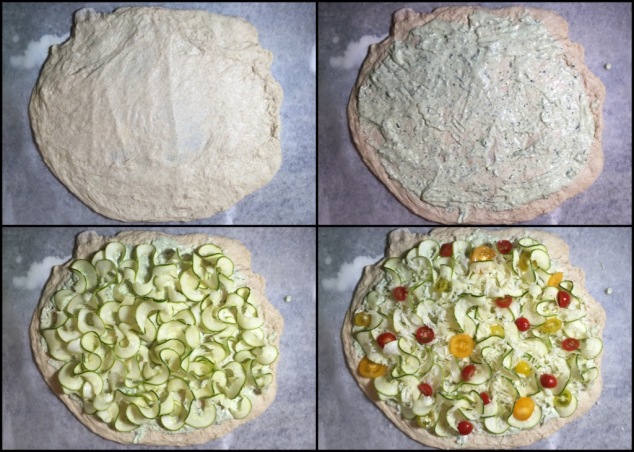
The construction was simple and satisfying. More could be added for complexity if desired but the flavors were clean and fresh expressions of themselves.
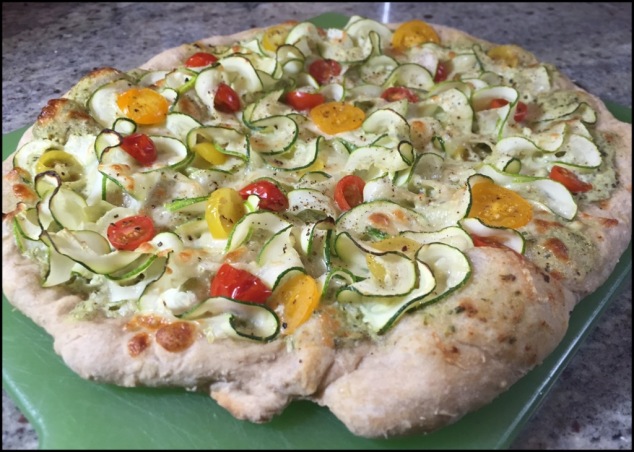
What a beaut. A scrumptious one, too.
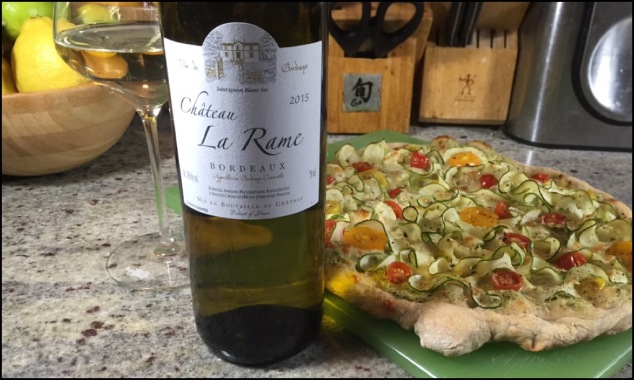
White Bordeaux offers the grassy, herbaceous quality needed to match that in the pizza while also letting the flavors of the pie speak for themselves.

While the use of the spiralizer in my kitchen will likely not advance beyond the occasional vegetable massacre, the stage presence of the product is undeniable. Don’t be surprised to see more spirals appearing on future pizzas of mine, Alton Brown be damned.























